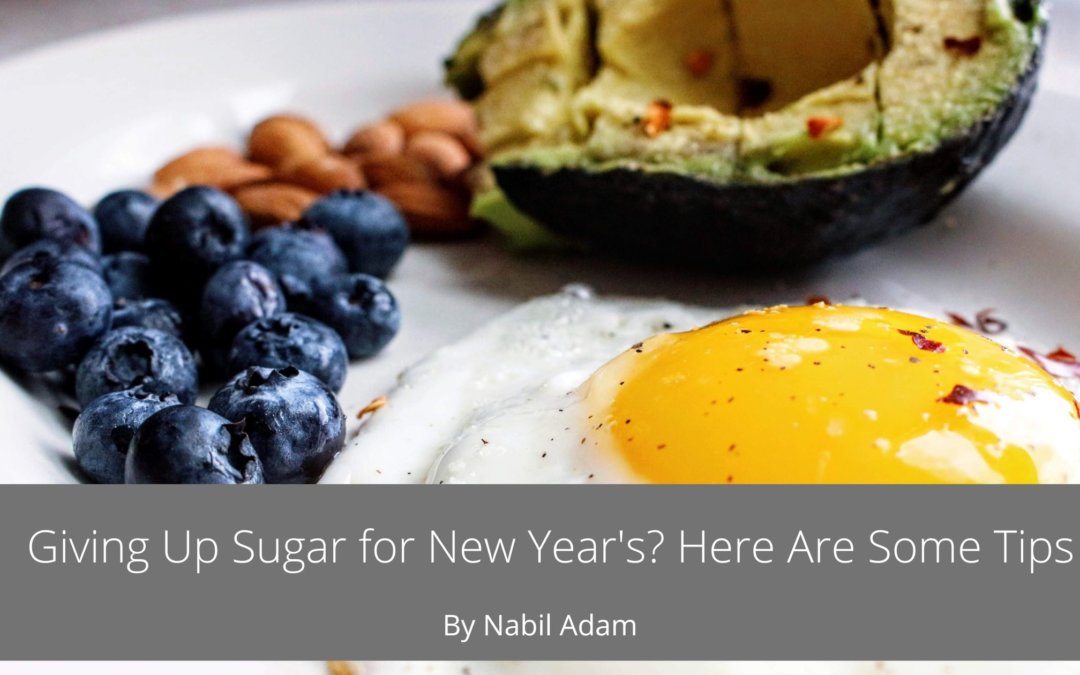Getting too much sugar can be very harmful to your health. It can increase your risk of heart disease, diabetes, tooth decay, and cancer. In addition, it can lead to obesity and other chronic conditions.
Americans consume around 55 to 92 grams of added sugar a day. This equals about 13 to 22 teaspoons of table sugar daily. The World Health Organization suggests reducing added sugar intake to less than 5% of total calorie intake.
Unfortunately, it can be hard to reduce your consumption of added sugar. Here are some steps to start the new year right.
Energy Drinks
In the US, most added sugar comes from various beverages, such as sports drinks, energy drinks, and sugar-sweetened teas.
Even though many people believe that fruit juices and smoothie drinks are healthy, they can still contain high levels of added sugar. A cup of a fruit juice cocktail has over seven teaspoons of added sugar. The fast absorption of these calories leads to a rapid increase in blood sugar levels.
Try switching to water, herbal teas, black or green tea, or coffee.
Desserts
Most desserts don’t provide much in terms of nutritional value. They’re filled with sugar, which can cause blood sugar levels to spike and leave you feeling hungry and tired.
American diets heavily rely on dairy and grain-based desserts, such as ice cream and cakes, for almost 18% of their total added sugar intake.
Switch to fresh fruit, Greek yogurt with cinnamon, or dark chocolate (70% cocoa or higher). One of the best ways to reduce added sugar consumption is by replacing sugar-heavy desserts with fresh or baked fruit. This can help lower your sugar intake and increase the nutrients in your diet.
Sauces – Check the Lable
Most people don’t realize that most commonly prepared sauces, such as sweet chili sauce, barbecue sauce, and ketchup, have high levels of added sugar.
Ketchup has around one teaspoon of added sugar per serving, making it a third higher in sugar than ice cream.
Instead of sauces with high sugar content, try adding spices and herbs, such as garlic, ginger, and basil.
Eat Full Fat
You should eat full-fat foods, such as yogurt, peanut butter, and salad dressings, commonly found in low-fat versions. Unfortunately, low-fat versions of these foods usually have more calories and sugar than their full-fat counterparts. A serving of low-fat vanilla yogurt has around 24 grams of sugar and 144 calories. A serving of full-fat plain yogurt has only 104 calories and 8 grams of natural milk sugar.
It’s important to choose full-fat foods when trying to reduce your sugar intake. However, check the ingredients list to ensure you’re getting the best possible choice.
Whole Foods
A healthy diet is made possible through whole food products free of refined sugar, artificial substances, and additives. They contain such items as vegetables, fruits, whole grains, and meat.
Ultra-processed food products, such as fast food, soft drinks, and cereals, are commonly found in the American diet. Almost 90% of the added sugar in the country’s diet comes from these types of food.
One of the easiest ways to reduce added sugar consumption is by preparing food from scratch. You’ll reduce sugar intake by using simple preparations such as roasted vegetables and marinated meats.
Canned Food – Check the Lable
Although canned food can be a cheap and helpful addition to your diet, it can also contain a considerable amount of added sugar.
Although fruits and vegetables contain natural sugars, they don’t cause blood sugar to be affected, like added sugar. Avoid cans labeled with added sugar or syrup on the ingredient list. Fruits are sweet enough, so choose products marked as “no added sugar” or “packed in water.”
Snacking
Many snacks, such as dried fruit, protein bars, and granola, contain just as much sugar as regular candies and chocolate bars.
One of the best examples is dried fruit, which is full of nutrients and fiber. However, it also has a concentrated amount of natural sugar. Because of this, it’s important to moderate your consumption to avoid overdoing it.
Fresh fruits and nuts are a better choice.
Protein
To reduce your cravings for sugar, try eating protein-rich whole-food products, such as fish, eggs, nuts, and meat.
One of the most effective ways to reduce food cravings is by increasing protein in your diet. According to a study, increasing protein by 25% can help decrease cravings by 60%.
High sugar consumption is linked to a higher likelihood of gaining weight. On the other hand, a diet low in added sugar but high in fiber and protein can help reduce hunger and promote fullness.
Sleep More
Getting enough sleep is also linked to a higher likelihood of consuming more food. Exhaustion can cause you to choose higher-calorie, salt, and sugar food items.
Getting enough sleep is also vital for your health, as it can help lower your risk of various chronic diseases such as depression and obesity.
A study conducted on individuals who went to bed late revealed that they consumed more fast food, sweets, and soda than those who went to bed earlier. They also had fewer fruits and vegetables. A similar study on women revealed that high levels of added sugar consumption could increase their risk of insomnia.
Start with Just One Thing
Doing too many new things at the same time can lead to failure. Try implementing a plan that involves picking one thing from a list and committing to it for two weeks. After that, choose another item and continue to do so until you reach your goal.

